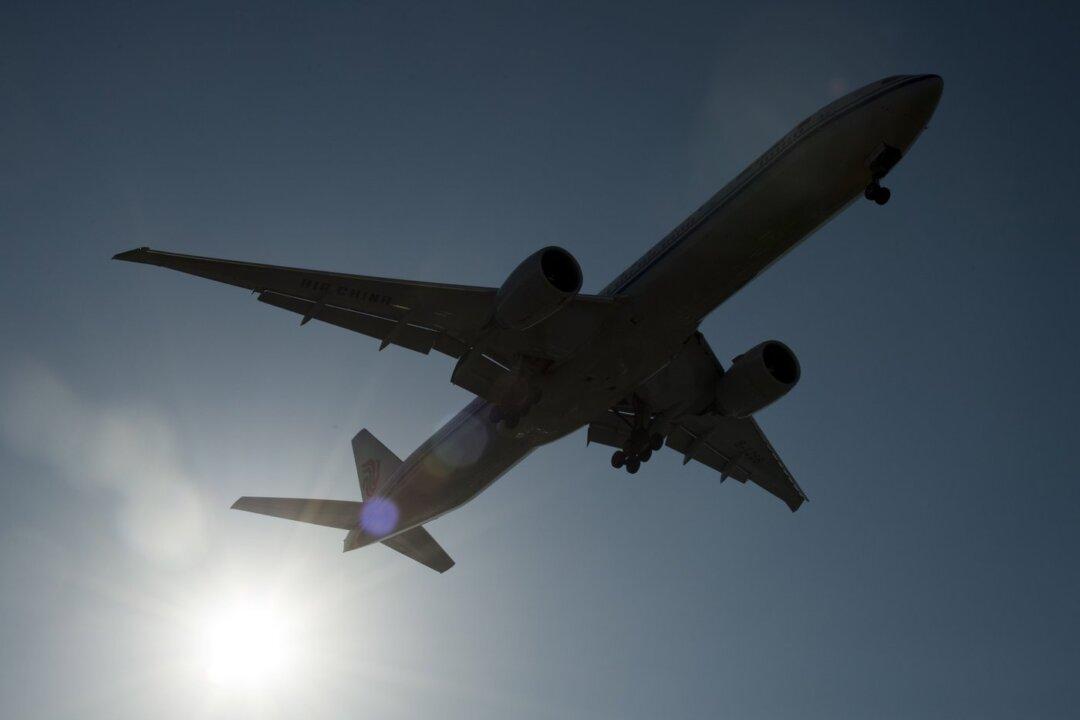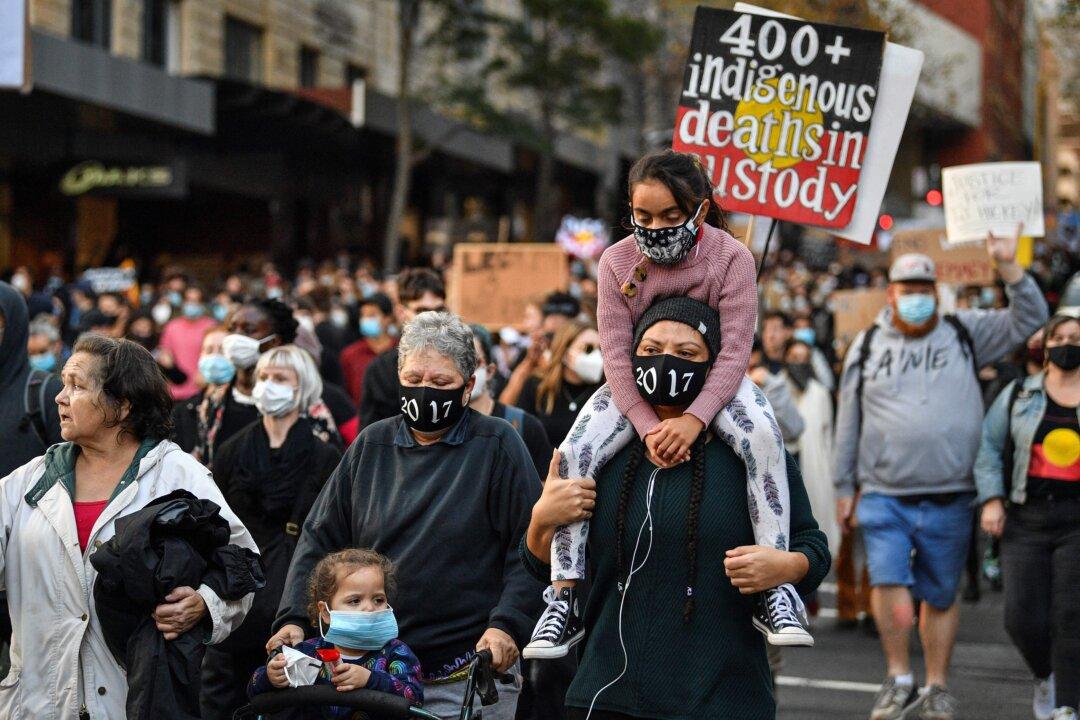Air travellers are set for major disruptions when aviation firefighters walk off the job over claims many of the nation’s airports, including the busiest in the country, are ill-equipped to handle emergencies.
Airport Disruption as Firies Strike Over ‘Extreme Risk’
‘We cannot do our job properly unless we are properly staffed and properly resourced.’

A plane arrives at Vancouver International Airport in Richmond, B.C. on March 18, 2020. The Canadian Press/Jonathan Hayward




